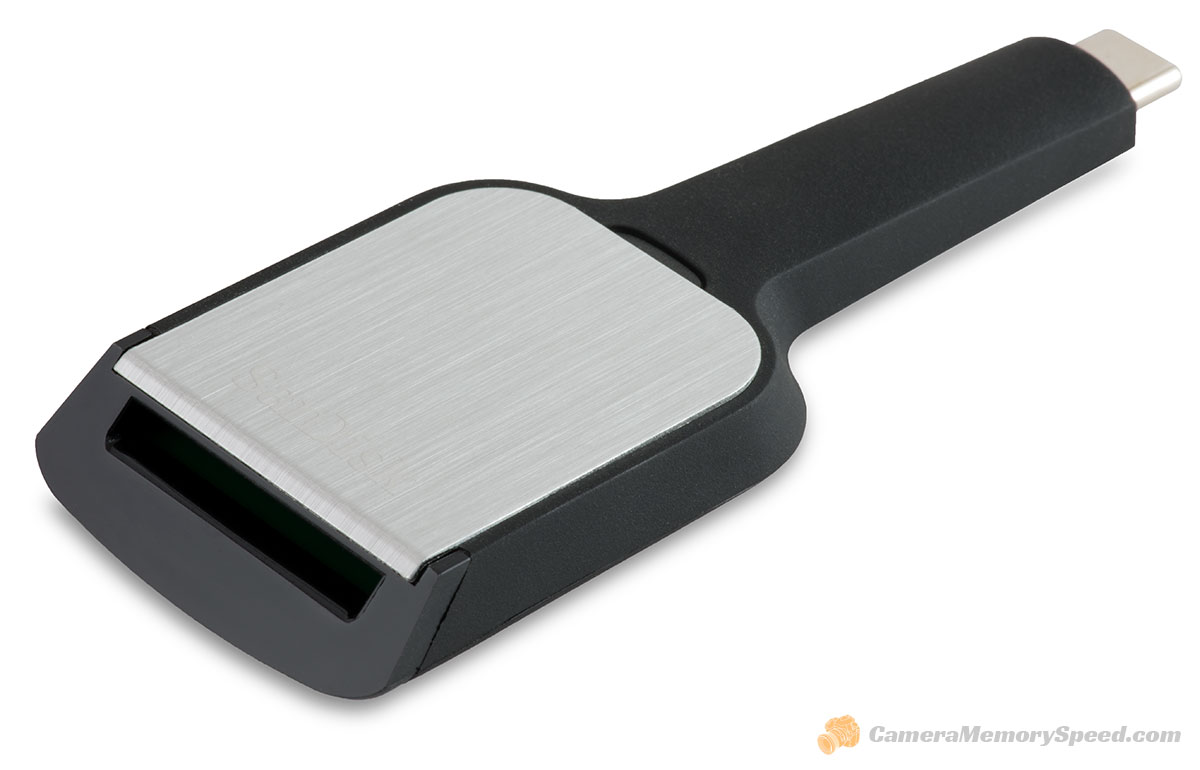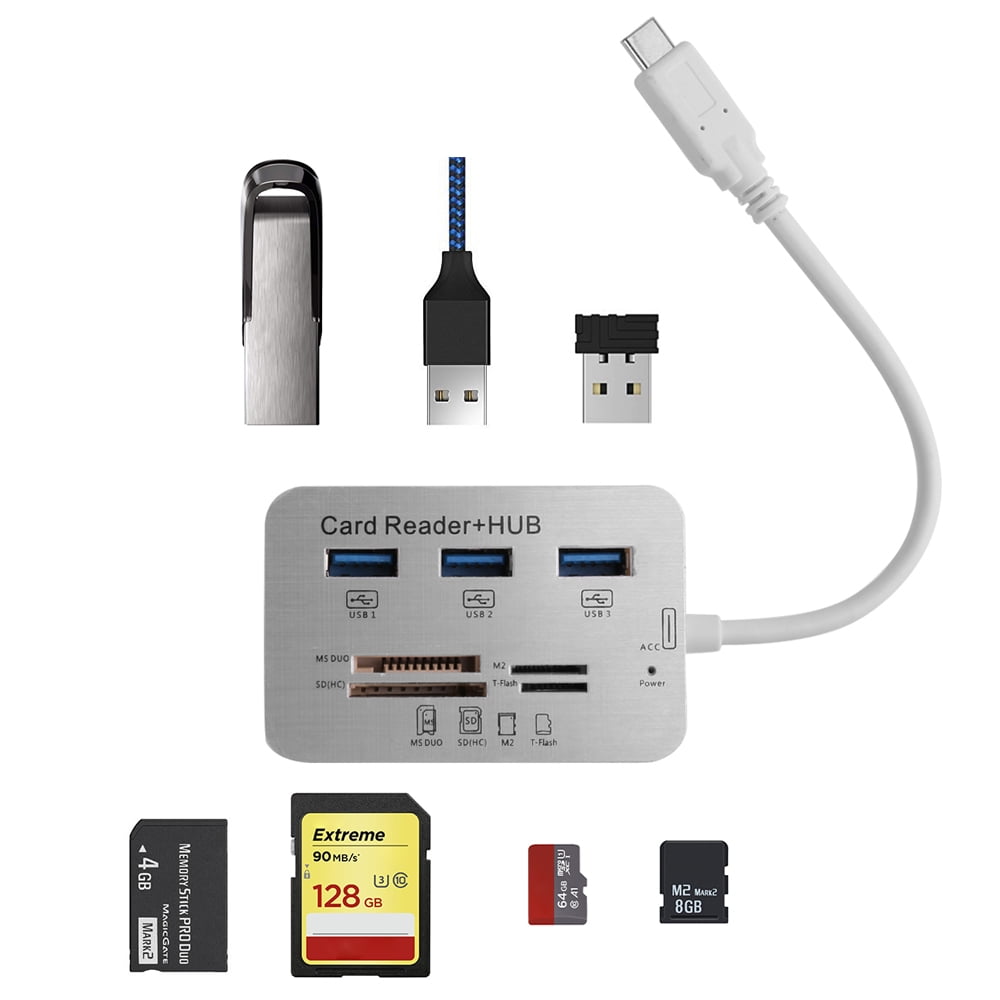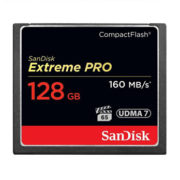
Of course, you’re paying for that convenience of not having to carry a card reader around with you everywhere, too. With each new card, you’re buying a whole new USB interface, basically.Īt $180 per card with no reader vs $140 per card and around $80 for a decent card reader, you only need to buy a couple of cards before the savings made by not having to buy a dedicated card reader are negated and now you’re spending more money on each extra card you need. So, this is the potential downside of incorporating the USB plug into the card itself. The “Super Early Bird” deal on the X-Driver is $144, and that’s at 20% off the final retail price. The 128GB SanDisk Extreme Pro CFexpress cards mentioned above are currently $139.99 – retail. Getting rid of the need for a card reader does come at a little extra expense, though. Now, though, with Type-C plugs being slimmer than CFexpress cards, it definitely makes a lot of sense to combine the two in this way. I think the only thing that’s really held it back in the past is the physical size of cards, with things like SD/microSD and even CompactFlash being too thin to accommodate the connection tech of the day.

It’s certainly a promising concept and one that I felt would pretty much be coming eventually. Whether the speeds stand up to scrutiny in the real world obviously remains to be seen. It’s made from polycarbonate and stainless steel for maximum durability and features PCIe Gen.3 x2 NVMe 1.3 inside it for storage in 128GB, 256GB and 512GB capacities. This means they have a working demo but the product hasn’t been finalised or started to be manufactured yet – hence the need for the campaign to help fund that. They’re not breaking any records with those speeds, sure, but they seem to hold up to speeds advertised by the competition and are equal to those claimed by SanDisk for their Extreme Pro CFexpress cards.Īccording to the Indiegogo campaign, the cards are currently in the prototype stage.


It appears to hold up to scrutiny when it comes to speed, too, offering 1700MB/sec reads and 1200MB/sec writes. The company behind X-Driver says they’ve spent three years “redesigning the memory card from scratch” to minimise the size of the internals and make them more versatile for users.


 0 kommentar(er)
0 kommentar(er)
